Scientist-led conferences at Harvard, Stanford and MIT
-
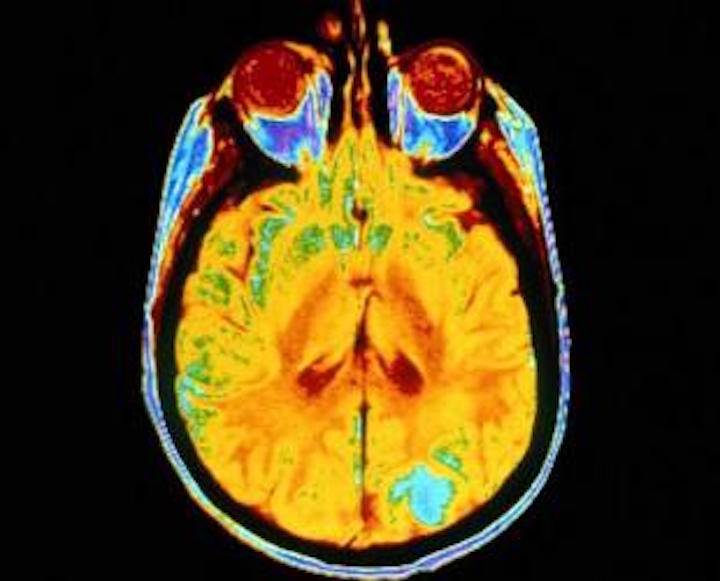
Amyloid PET Imaging for dementia diagnosis, treatment, research
Emily Rogalski and Northwestern colleagues have developed a novel imaging technique to view amyloid protein build-up in primary progressive aphasia. Previously, amyloid accumulation in the brain could only be studied after death — and after it had spread throughout the entire brain with Alzheimer’s progression. Amyloid PET Imaging allows researchers to study the build-up during…
-

Apple developing health event detection / notification wearable
Apple’s has filed a patent application for a “Care Event Detection and Alerts” wearable that communicates with a phone to monitor user vital signs and notify carers. Events that can be detected include “a car crash, a bike accident, a medical emergency such as a heart attack or an aneurysm, separation of a child from…
-
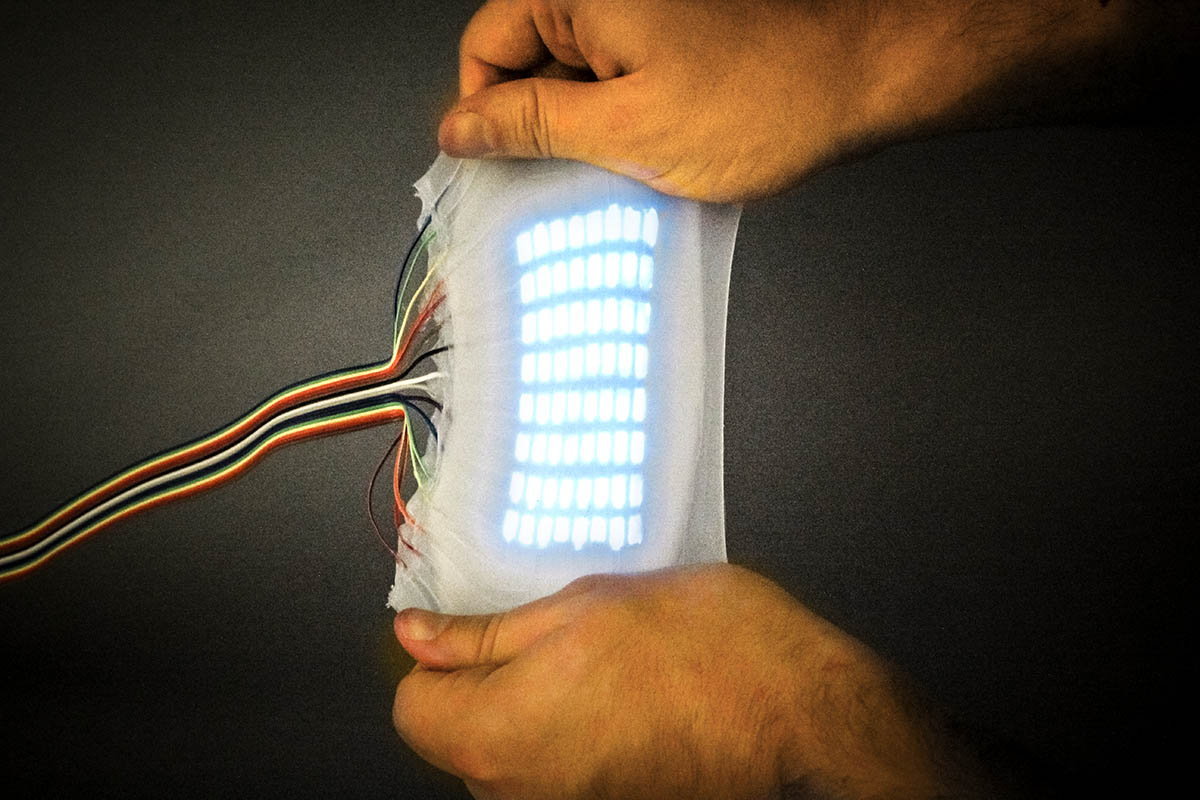
Stretchable robot “skin” can display health data
Robert Shepherd and Cornell colleagues have developed an electroluminescent “skin” that stretches to more than six times its original size while emitting light. This could be used for soft robots that move more naturally, and dynamically display information, include health data. The Cornell press release invites us to imagine “a health care robot that displays a patient’s temperature…
-

Bionic finger, implanted electrodes, enable amputee to “feel” texture
Swiss Federal Institute of Technology and Scuola Superiore Sant’Anna researchers have developed a bionic fingertip that allows amputees to feel textures and differentiate between rough and smooth surfaces. Electrodes were surgically implanted into the upper arm of a man whose arm had been amputated below the elbow. A machine moved an artificial finger, wired with electrodes, across…
-
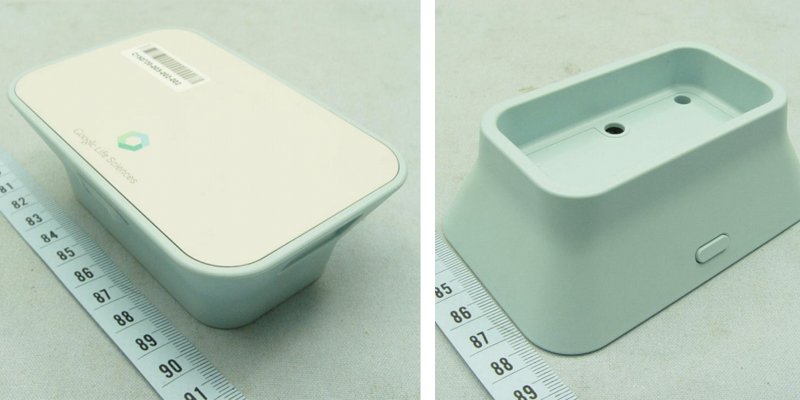
Wireless hub syncs health data at home, in clinic
Google’s “Connectivity Bridge” appears to be a wireless hub meant to collect and sync medical data in clinical studies, according to an FCC filing reported by Business Insider. (No company announcement has been made.) The hub can be installed in facilities or homes, and sensor data can be quickly uploaded to the cloud for analysis. It uses…
-

Voice controlled wearable supports sight-impaired mobility
Toyota’s Project BLAID is a camera based assistive device concept, meant to help the visually impaired identify bathrooms, escalators, stairs, elevators, doors, signs, and logos. The wearable, which is in an early stage of development, is worn on the shoulders, wrapped around the neck, like an electronic scarf. It will be controlled by voice commands, and relay…
-

AI on a chip for voice, image recognition
Horizon Robotics, led by Yu Kai, Baidu’s former deep learning head, is developing AI chips and software to mimic how the human brain solves abstract tasks, such as voice and image recognition. The company believes that this will provide more consistent and reliable services than cloud based systems. The goal is to enable fast and intelligent responses to…
-

BCI controlled wheelchair
Miguel Nicolelis has developed a brain computer interface that allows monkeys to steer a robotic wheelchair with their thoughts. The study is meant to demonstrate the potential of humans to do the same. Signals from hundreds of neurons simultaneously recorded in two brain regions were translated into the real-time operation of a wheelchair. Nicolelis said: “In…
-
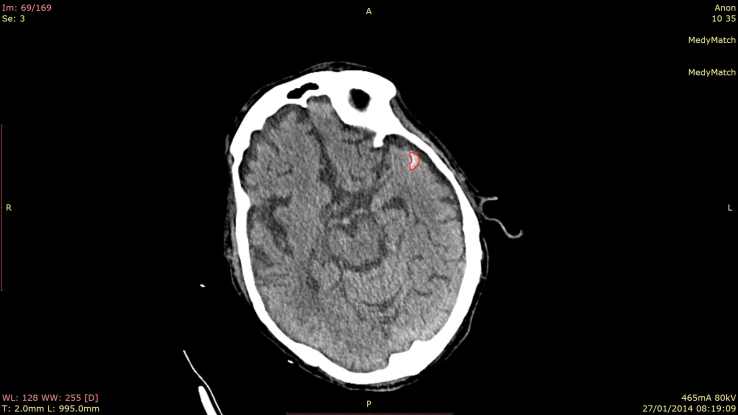
Machine learning for faster stroke diagnosis
MedyMatch uses big data and artificial intelligence to improve stroke diagnosis, with the goal of faster treatment. Patient CT photos are scanned and immediately compared with hundreds of thousands of other patient results. Almost any deviation from a normal CT is quickly detected. With current methods, medical imaging errors can occur when emergency room radiologists…
-
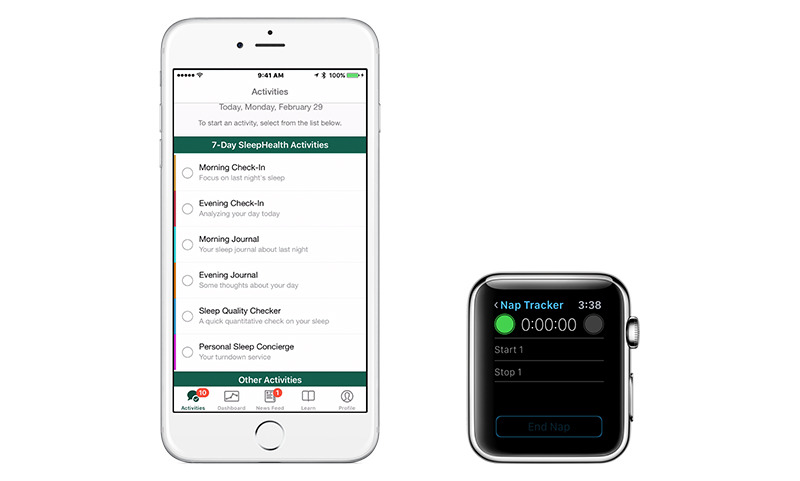
Sleep app uses wearable sensors, cloud analytics
The American Sleep Apnea Association, Apple and IBM have begun a study about the impact of sleep quality on daily activity level, alertness, productivity, health and medical conditions. iPhone and Apple Watch sensors and the ResearchKit framework collect data from healthy and unhealthy sleepers, which is sent to the Watson Health Cloud. The SleepHealth app uses the watch’s heart rate…
-
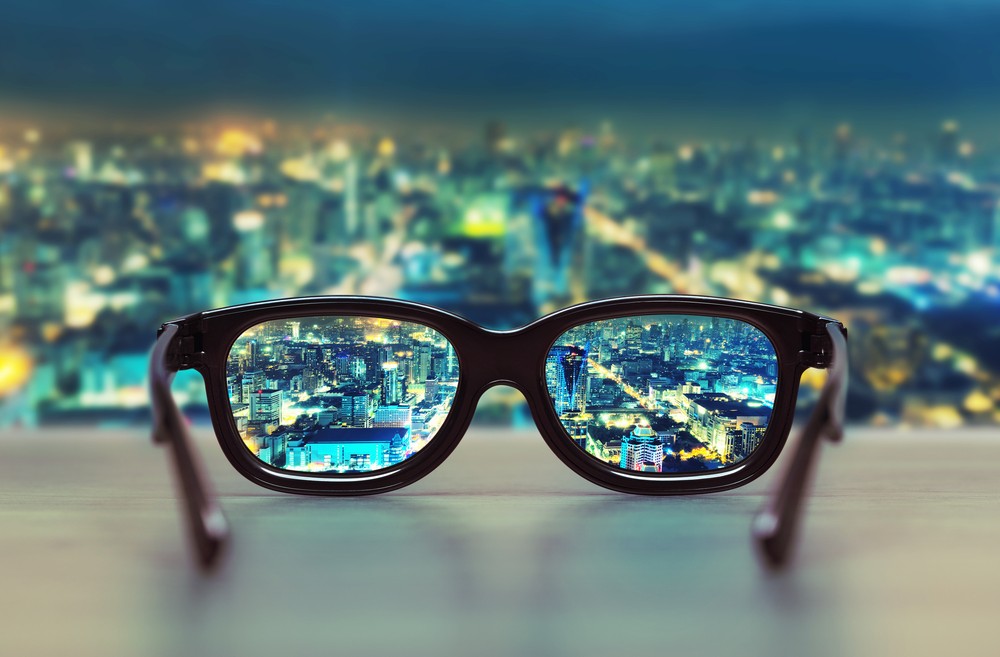
Self-adjusting lenses adapt to user needs
DeepOptics is developing is vision-enhancing wearable lenses, with sensors that gauge viewing distance, and precisely adjust the lenses to bring an object into focus. Electronic volts are sent into three layered liquid crystal lenses, changing the refractive index to provide the specific optical compensation needed to correct vision in every situation. The company also believes…
-
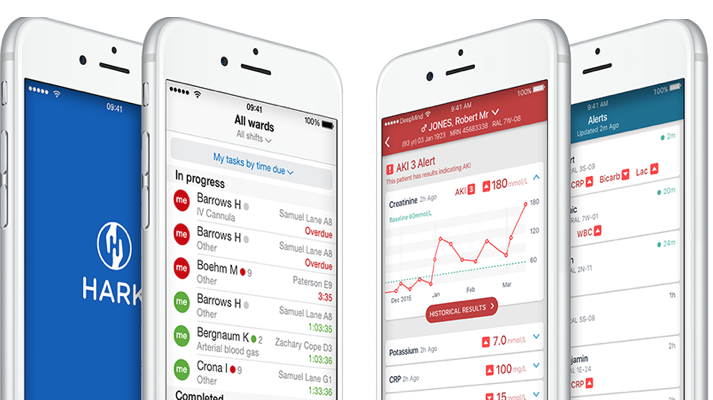
DeepMind Health identifies complication risks
Google has announced DeepMind Health, which creates non-AI based apps to identify patientscomplication risk. It is expected for AI to be integrated in the future. Acute kidney injury is the group’s initial focus, being tested by the UK National Health Service and the Royal Free Hospital London. The initial app, Streams, quickly alerts hospital staff of…
Got any book recommendations?